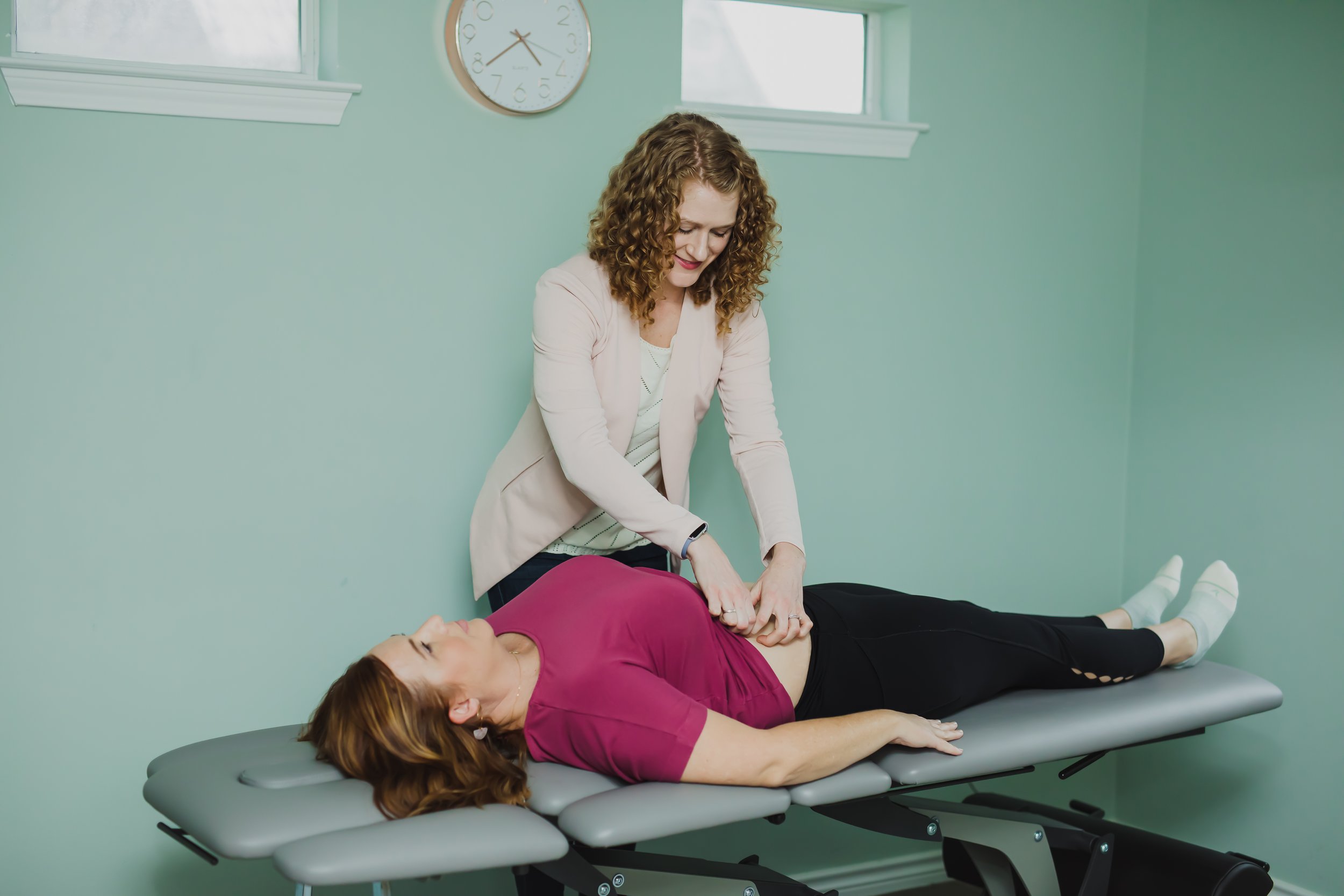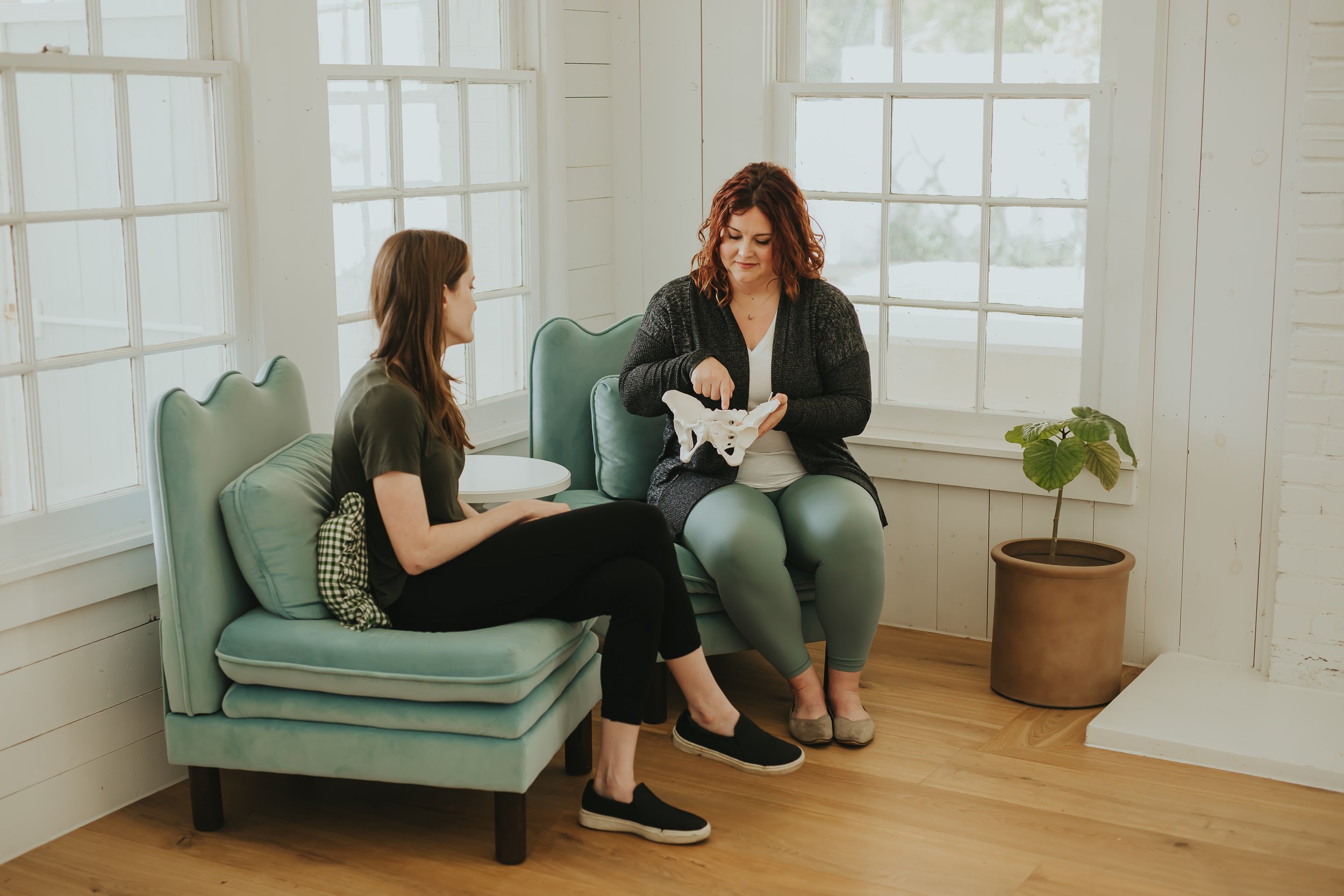PCOS and the Pelvic Floor: How to Cope with Pain
Polycystic ovarian syndrome (PCOS) impacts roughly 10% of women of childbearing age. It is known as a hormone disorder that overproduces androgen hormones versus estrogen. Unfortunately, PCOS and the pelvic floor have a combative relationship. Women with PCOS typically experience pelvic floor dysfunction.
If you are someone who struggles with PCOS, the last thing you want is to experience other pain and discomfort in your body. Fortunately, there are ways to manage those symptoms that affect the pelvic floor. You don’t have to deal with the discomfort anymore. Follow below for what you need to know about PCOS and the pelvic floor, plus learn how to cope.
Related: Pelvic Pain in Women with PCOS: Strategies and Solutions
3 Things to Know About PCOS and Your Pelvic Floor
Your pelvic floor and PCOS have a unique relationship. It’s important to understand them together so that you can take action sooner rather than later.
Symptoms
Our bodies are amazing and have unique ways of telling us when something is wrong. In the case of PCOS and the pelvic floor, symptoms include urinary incontinence and difficulty emptying the bladder.
In addition, you might experience pelvic pain and/or pain during sex. An overall feeling of pelvic heaviness can also be a symptom of polycystic ovarian syndrome pelvic floor issues.
Hormone Influence
Hormonal imbalances can impact the pelvic floor. High androgen hormones can cause weakness or tightness in the pelvic floor. These hormones can impact the pelvic floor’s overall function, which can cause pain and discomfort in other areas of the body as well.
Risk of Dysfunction
Unfortunately, polycystic ovarian syndrome can possibly increase your risk of pelvic floor dysfunction. This is due to the hormone imbalance in addition to the likelihood of obesity that is related to PCOS. Additional weight puts pressure on the pelvic floor, which can lead to pelvic floor dysfunction.
How to Cope with PCOS
Learning how to cope with PCOS can be overwhelming. However, small changes can make a big difference.
Pelvic Floor Therapy
If you are experiencing PCOS, then it is time to see a pelvic floor therapist. Pelvic floor therapy will help prevent or heal pelvic floor dysfunctions. While you are experiencing other inconveniences related to PCOS, don’t let pelvic pain become one of them.
PCOS and the pelvic floor can be addressed by seeing a pelvic floor therapist. At Pillar Physio – Georgetown, Texas, we strive to bring comfort and healing to the women in our community who are struggling with pelvic floor disorders. Your body deserves the best care available because your family and your community need you.
Diet
In addition to pelvic floor therapy, diet can be a great way to address body discomfort. Your diet helps to manage weight gain associated with polycystic ovarian syndrome, which directly impacts the pelvic floor. If you can cut out unnecessary food that contributes to weight gain, you will help relieve some of the added pressure on your pelvic floor.
Related: How to Promote Pelvic Floor Health: 6 Tips for Optimal Function
Exercise
Exercise is always good for the body. However, it is especially important for PCOS and the pelvic floor. Exercise can assist in weight management, which benefits the pelvic floor. In addition, exercise can strengthen the pelvic floor, which could provide relief from pain and discomfort.
Exercise is also important for your mental health. Experiencing PCOS can have a negative impact on your mind. Getting outside for a simple walk can have increased benefits for many parts of your body.
Questions Other Women Are Asking About PCOS and the Pelvic Floor
Discover what others are asking when it comes to PCOS and the pelvic floor. You may be surprised to learn the answers below.
Is there a cure for PCOS?
Unfortunately, there is no cure for PCOS currently. However, there are several ways to treat and manage the symptoms associated with it. It may take some trial and error to discover what works for your body.
Lifestyle changes such as exercise and diet can help. In addition, there are medications available that your primary care physician can discuss with you.
When should I start pelvic floor therapy for PCOS?
Pelvic floor therapy is great to start at any time. You don’t have to wait until you are in pain to seek help. Schedule an assessment for your pelvic floor now so that you can understand how to strengthen your pelvic floor.
Think of it like running a marathon; you can’t successfully complete one tomorrow if you haven’t been training for it. Training is key. The same concept applies here; start training and strengthening your pelvic floor now so that your body will be strong during the PCOS journey.
What does PCOS pelvic floor pain feel like?
Everyone’s body will respond differently to PCOS. However, the most common report of pain includes sharp stabbing in the pelvic floor area. Additionally, some women report a dull ache in the pelvis that lasts over time.
Change Your Relationship with PCOS and the Pelvic Floor
The right plan for you can prove beneficial to your relationship with PCOS and your pelvic floor. No one blanket treatment will work for each woman. However, you can take steps to improve your quality of life, which is most important.
Contact Pillar Physio today to schedule your assessment. One of our expert physical therapists will make a plan that is unique to you so that you can begin to heal any polycystic ovarian syndrome-related pelvic floor discomforts. Your comfort is our goal.



